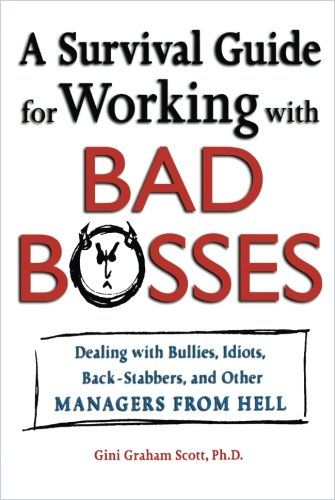How to Get Along with Your Hippo

None of us believed our eyes and ears in the past few months: Our bosses have been asking about our families, the equipment at our desks at home and even about our mental well-being. It’s nearly impossible to maintain our standard image of them, now that we’ve viewed them pixelated, and probably in their underpants.
Now that they are ordering us back into their enclosures, many are wondering: Will it stay that way? Or will all hippos fall back into old patterns – simply because they can? And what was it like back when we could actually feel the hot breath of our bosses on the back of our necks – or at least their moist pronunciation on our foreheads?
It’s time to reacquaint ourselves with the nastiest habits bosses can have (physically)…
…So that we can react correctly at the right moment, in this “new normal.”
1. The Micromanager
So you are returning to your tiny, dusty desk? Be of no doubt: The micromanager type of boss was there before you. He or she carefully counted your lonely paper clips, left you the Post-It ration for Q3 and looked through your mail.
You didn’t really miss your manager, but he or she missed you.
Micromanagers waste everyone’s time. They hurt morale. They reduce productivity. They make staffers’ lives hellish. Nearly eight out of 10 employees report that they work for micromanagers or have in the past. Despite the near-universal prevalence, few executives, managers or supervisors acknowledge micromanagement as a personal failing. But now is the time to redefine the terrain: Can you convince your boss that you are productive without constant controlling? Or will he or she start monitoring your workday both ways – digital and analog?
Don’t waste your time rearranging pencils: Set limits, and use the trust and freedom you have gained. Define when and where you can be reached, and make sure that he or she doesn’t lose confidence in you right away. Take your boss seriously, but remind him or her that you came back to work – not to report.

2. The Egomaniac
Egotism has doomed thousands of companies. Leaders who refuse to identify trends, face reality or believe they know everything are courting disaster. Corporate scandals involving Enron and WorldCom revealed the arrogance of executives who flaunted the rules and disregarded the fundamentals of accountability. And employees working for egomaniacal bosses frequently report feeling angry, stressed out, emotionally numb, depressed or anxious.
Organizations with good bosses, on the other hand, enjoy healthier employees, more profitability and greater employee retention. So, teach yourself and your colleagues to be humble and to embrace failure as an opportunity to do it better next time – yes, even your boss. Address problems and concerns; raise red flags in meetings. And share this classic from HBR that sorts the right from the wrong types of narcissist bosses:

3. The Bully
Bullies blight the workplace, no matter in which position. But bullying bosses harm morale and productivity of departments and whole firms. According to authors Peter. J. Dean and Molly D. Shepard, bullies fall into four categories: “Belier, Blocker, Braggart” and “Brute.” Confronting a bully is difficult, but it’s possible. And if you succeed, you may benefit almost immediately. You could feel a weight lift from your shoulders and take pride in your ability. Dean and Shepard caution in this exhaustive – and sometimes exhausting – manual that if things don’t go well, you could face an even more difficult situation:

4. The Yes-Person
We all know this type: They cheerfully serve upwards, already have a crooked back from all the nodding, answer each question with “Yes, of course” – and consequently, especially on their own team, they can’t stand any contradiction. In all the great catastrophes of modern times – from wars to reactor accidents – they played their tragic roles. And they continue to cut their swaths of devastation to the water coolers of contemporary corporate offices up to this day.
So, don’t be a Yes-Person. Learn how and when to say “No.” Seriously.

5. The Clueless
It’s an understatement to say that dumb bosses are an epidemic. The list of capital dorks at the top of departments or entire companies is long, but dumb is not just dumb.
Clueless bosses come in all shades: Chaotic, dictatorial, machoistic, resistant to advice, scheming, naive or diabolical.
And if you have the misfortune to be called back to the office by him or her, you have all our condolences. But: Help is at hand! William and Kathleen Lundin thoroughly and truthfully present the most common problems with dumb bosses, analyze their impact and offer remedies. However, their conclusions often clearly indicate that if you are mired in a consistently, terminally dumb workplace, leaving is usually your best option.

For those who like more detail, Gini Graham Scott’s book offers help and tips in dealing with the most common lousy leaders. You’ll also find useful advice on how to get rid of them – and what rules to follow in the process, so that your newly negotiated two days of home office don’t turn into seven days of home without office.

6. Become a Good Boss Yourself
Quite basically, in all of the above cases, you must take the reins yourself if you want to change something. But the time must be right. Choose the right strategy, don’t become the jerk of the month yourself, and help yourself and others. Here you will find useful tips on how to do this:
Good luck! And remember: A bad boss is always an opportunity for those who can do better.








